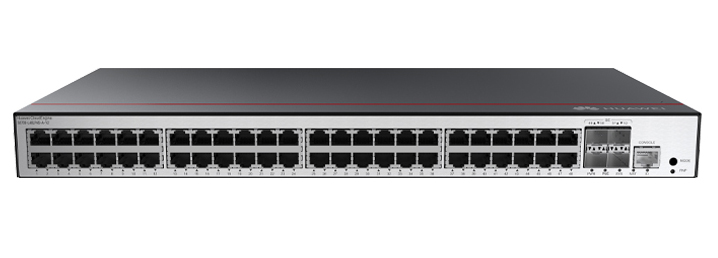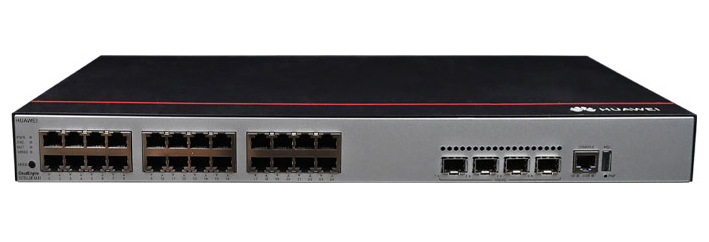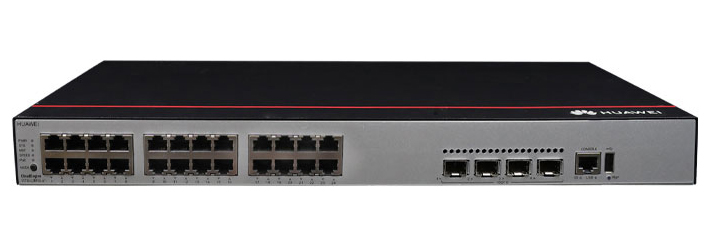































I use Kubernetes. You use Kubernetes. We all use Kubernetes to manage containers. What you couldn't do, though, is use Kubernetes to manage virtual machines (VM)s as well. That was another ballgame. Until now. SUSE, the European Linux giant with one foot in containers and cloud computing, has released the first production version of Harvester, which along with Rancher, SUSE's Kubernetes as a Service offering, enables you to unify the delivery of VMs and containers
For those of you who haven't met it yet, Harvester is a modern Hyperconverged infrastructure (HCI) solution. It's built for bare metal servers using enterprise-grade open source technologies including Kubernetes; Kubevirt, a virtualization Application Programming Interface (API) for Kubernetes; and Longhorn, distributed block storage for Kubernetes. Besides letting you deploy VMs and containers with one set of programs, Harvester enables you to put VM workloads on the edge, close to your Internet of Things (IoT) devices while being integrated into your cloud infrastructure.
Also:What is Kubernetes? How orchestration redefines the data center
Harvester does this by leveraging SUSE Rancher's GitOps-powered continuous delivery (CD) capabilities to scale potentially thousands of HCI clusters running a mix of virtual machines and containerized workloads from core to edge.
SUSE isn't the first company to explore the possibilities of working with VMs and containers using Kubernetes. For example, Red Hat's Migration Toolkit for Virtualization (MTV) for OpenShift 4.7 lets you migrate VMs at scale if you're using Red Hat OpenShift Virtualization. But, as SUSE points out, most of these approaches require you to use a vendor-specific version of Kubernetes and VM management, while Harvester is more flexible.
At the same time, Harvester has its limitations. For example, it's designed to use local, direct-attached storage instead of complex external storage area networks (SAN)s. Longhorn, however, opens the door for it to use other kinds of storage.
Among Harvester, other noteworthy features are:
Put it all together and what I see with this pairing is a way to bridge the gap between your legacy VM infrastructure and your cloud-native Kubernetes infrastructure.
As Sheng Liang, SUSE's president of Engineering and Innovation, said, "By investing in these projects, we're providing customers with the technology they need to bridge the gap between legacy and cloud-native IT."
Related Stories:
 Tags chauds:
affaires
Centres de données
Tags chauds:
affaires
Centres de données